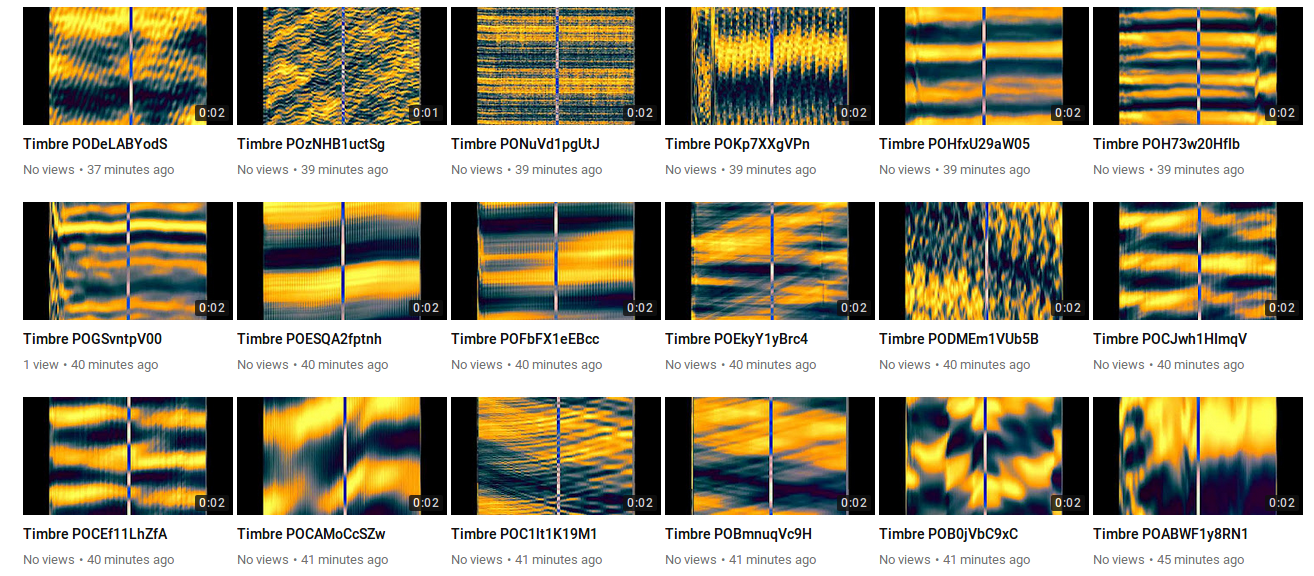"Timbres" is an experiment about visualising the texture of sound. I have been asking myself what sound looks like for a long time and this is the mathematical answer I came up with (yes, there's science in this). The experiment is a lean way for finding out if anyone else finds this interesting and where it might be useful or fun to play with. If there's value then I'll spend more time on it and if not then I'll move on to something else.
The experiment runs on an Android app. It's rough and low-fi but it works enough to make the point.
Your feedback will be crucial to help me decide what to do with this idea - please email to This email address is being protected from spambots. You need JavaScript enabled to view it..
The name Timbre refers to the scientific name for what makes a piano sound like a piano, a violin like a violin and an engine like an engine. You recognise a piano regardless of what note is being played because you recognise it's timbre. Other words for timbre are tone colour or Klangfarbe (German). https://en.wikipedia.org/wiki/Timbre
We're alpha-testing our "Timbres" Android app...
"See Sound..."
A mathematical transformation converts the timbres of sounds to images. So how do these images look like ? And how do different types of instruments differ visually ? To answer this, we've created a somewhat random collection of sounds with their visualised timbres.
| Strings | ||
| Organs | ||
How it works: we recorded short audio samples and calculated their timbre images. When you play the animations below, you will hear the original sound and see an animated bar moving along the timbre to show which part you currently hear. Because the timbre of the sound evolves over time, its visual representation creates a unique pattern, like a fingerprint.
For the specialist: horizontal axis is time, vertical axis is phase, colouring is amplitude.
Applied to audio signals, our technology allows to convert sound to image and vice versa. Applied in realtime, this can be used to create an animation of evolving sound timbres:
We believe that sound characteristics such as "sharp", "smooth", "warm" or "edgy" can be recognised via some visual counterparts. Do you agree ?


